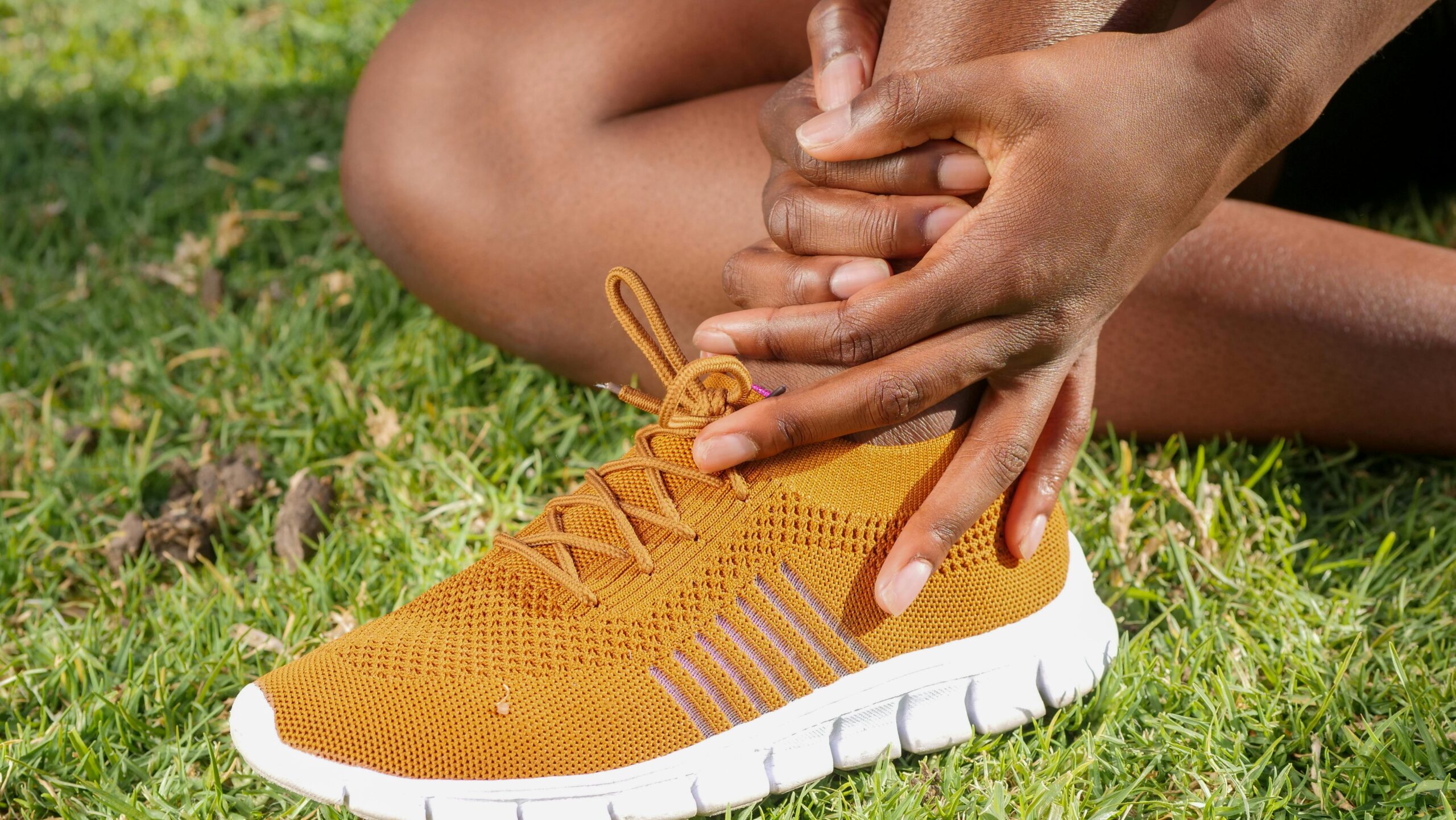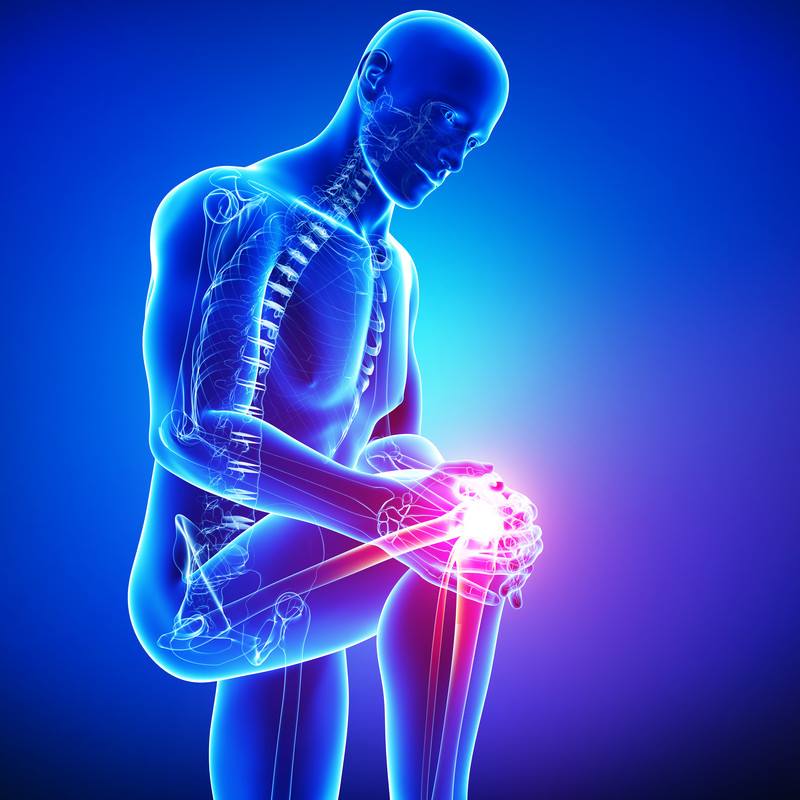
Exercise for Good Bone Health
Although it’s essential at every age for healthy bones, exercise is especially important for treating and preventing osteoporosis. It can also increase muscle strength, coordination and balance, leading to better overall health.
Reasons to exercise
Just like muscle, bone is made of living tissue that responds to exercise by becoming stronger. Young women and men who exercise regularly generally achieve greater peak bone mass (maximum bone density and strength) than those who do not. For most people, bone mass peaks during the third decade of life. After that time, we can begin to lose bone.
Women and men over the age of 20 can help prevent bone loss with regular exercise. Exercising can also help maintain muscle strength, coordination and balance, which in turn helps to prevent falls and related fractures. This is key for older adults and people who have been diagnosed with osteoporosis.
The best bone-building exercises
Weight-bearing and resistance exercises are the best for your bones, as they force you to work against gravity. These include walking, hiking, jogging, climbing stairs, playing tennis and dancing. Resistance exercises such as lifting weights can also help to strengthen bones.
Exercise tips
If you have health conditions such as heart trouble, high blood pressure, diabetes or obesity — or if you are age 40 or older, check with your doctor before you begin a regular exercise program.
According to the Surgeon General, the optimal goal is at least 30 minutes of physical activity on most days, preferably daily.
“When you begin an exercise routine, it’s common to have some muscle soreness and discomfort at the beginning,” says the Orthopedic Performance Institute’s Dr. Alexandra Matthews. “But if it’s painful and lasts more than 48 hours, you maybe working too hard or doing it wrong.”
Definitely stop exercising if you feel any chest pain or discomfort, and see your doctor before you start again.
Exercising with osteoporosis
If you have osteoporosis, ask your doctor which activities are safe for you. If you have low bone mass, experts recommend that you protect your spine by avoiding exercises or activities that flex, bend or twist it. You should avoid high-impact exercise to lower the risk of breaking a bone.
You also might want to consult with an exercise specialist to learn the proper progression of activity, how to stretch and strengthen muscles safely, and how to correct poor posture habits. An exercise specialist should have a degree in exercise physiology, physical education, physical therapy or a similar specialty. Be sure to ask if he or she is familiar with the special needs of people with osteoporosis.
Exercise is only one aspect of a complete osteoporosis prevention or treatment program, along with a diet rich in calcium and vitamin D. But proper exercise and diet may not be enough to stop bone loss caused by medical conditions, menopause or lifestyle choices such as tobacco use and excessive alcohol consumption.
It is important to speak with your doctor about your bone health. Discuss whether you should take a bone mineral density test. If you are diagnosed with low bone mass, ask what medications might help keep your bones strong.
If you’re planning on starting an exercise regimen for bone health, make an appointment with Dr. Alexandra Matthews, Sports Medicine specialist for the Orthopedic Performance Institute.

 Previous Post
Previous Post Next Post
Next Post




